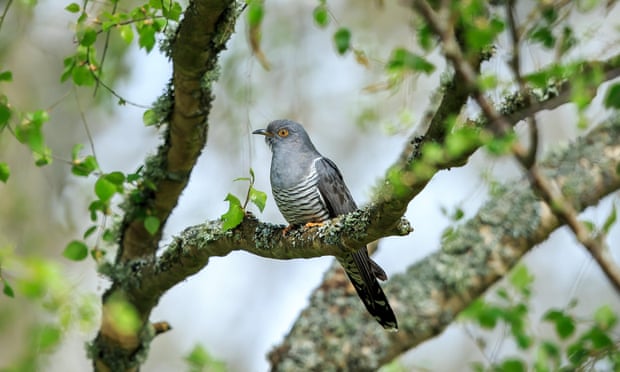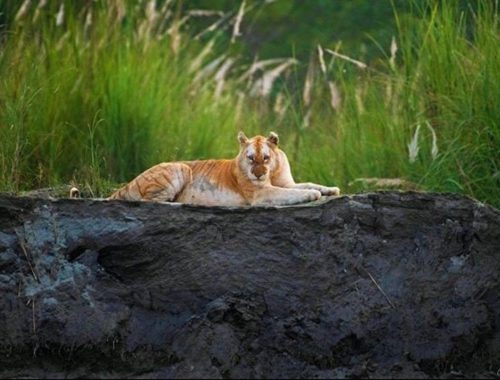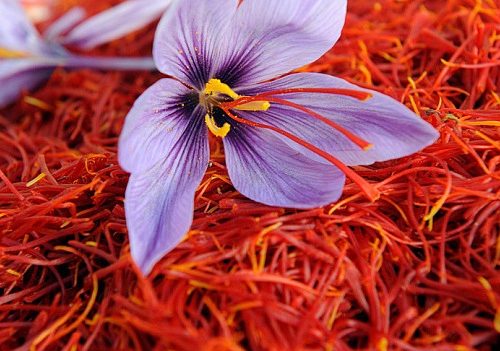Rob Penn
The arrival of the first cuckoo from Africa is an important moment in the turning year. Photograph: Bebedi/Alamy Stock Photo/Alamy Stock Photo
Iheard the first cuckoo on Wednesday evening. I was outside the back door splitting logs when the song floated down from the copse on Bryn Arw, the hill behind our house in the Black Mountains. Cuckoos have been coming to the same copse for as long as we have lived here and I have always written down the date of their arrival from Africa. It is an important moment in the turning year, as the lyrics to the traditional medieval round attest: “Sumer is icumen in/ Lhude sing cuccu.”
My recordings of cuckoos have always been haphazard, though. Some years, because the weather is dreadful or I am working hard and chained to a desk, I fail to get outside. I might first hear the male’s distinctive song, which gives the bird its onomatopoeic name, days after his actual arrival.
Other years, I have been abroad for work. This year, however, I have the correct date. There is no doubt, since every evening for the past four weeks I have been in the garden – weeding the vegetable patch, painting a bench, splitting alder logs and, on occasion, sitting in a chair looking up the hill with pricked ears, waiting for him. The cuckoo arrived on 22 April and I wrote it down in my notebook.
Observing the changing seasons is a fascination as old as the seasons themselves. There is a strange satisfaction in knowing that the arrival of the first cuckoo, with its gratifying intimations of summer round the corner, is a pleasure we partake in with people who lived hundreds and, presumably, thousands of years ago.
The first person to actually write down the times of the recurring natural phenomena that mark spring’s arrival was Robert Marsham, a Norfolk squire. In 1736, he recorded the first swallow, the dates different trees came into leaf, first flowering or blossoming dates, first time he heard frogs croaking and rooks nesting, first appearance of butterflies and the earliest singing of the cuckoo. In all, he recorded 27 seasonal occurrences in what he called his “Indications of Spring”.
Sign up to the Green Light email to get the planet’s most important stories
Read more
He maintained this record, without interruption, for more than 60 years. It became his life’s work. More remarkably still, successive generations of his family continued the record – until 1958. The field of study the Marshams effectively invented is called phenology.
I am no phenologist. This spring, though, I have become a keen and patient student of nature, with notebook in hand. For the first time in my adult life, I have the hours to sensitively bear witness to the delicate, daily changes. And I have taken the trouble to record them, like Marsham. In our small wood, I have observed the succession of wild flowers, all eager for their moment in the sun before the tree canopy closes over them. The sequence started in early March with lesser celandines and, a few days later, primroses; then came sweet violets, wild daffodils, wood anemones and greater stitchwort, in that order; next, yellow archangel flowered by the stream; last week, red campion, garlic-scented ransoms and bluebells, the wild flower that has the power of Prozac on the British collective consciousness, all bloomed. They have been entered in the notebook.
Sessile oaks coming into leaf.
FacebookTwitterPinterest
‘Sessile oaks are leafing as I write.’ Photograph: Robert Penn
Similarly, there are entries about the progression of leafing trees. Elder and horse chestnut were first, in mid-March. Sycamore, then hawthorn, rowan, silver birch and pedunculate oak followed. Beech, field maple and sessile oak are all leafing as I write. I have logged the conspicuous unfurling of the first hart’s tongue fern and the first broad buckler fern.
The first brimstone and orange tip butterflies are logged. The arrivals of pied flycatchers and willow warblers from sub-Saharan Africa are accounted for. Damson and wild cherry blossom, dandelions, daisies, wasps, red mason bees, nest-building blue tits and song thrushes are all minuted. There are even notes on the time it takes for the alder I have been splitting to oxidise; the process turns the exposed wood a rich orange colour.
In fact, keeping a nature diary is beginning to feel like a chore and I’m still not sure why I am doing it.
Gilbert White, the best-known nature diarist of the 18th century and a correspondent of Marsham, published The Natural History and Antiquities of Selborne, in 1789, as a weapon in the fight against the “superstitious prejudices” held by the “lower people” of his district in Hampshire.
White, like his brother-in-law, Thomas Barker, who kept a punctilious weather diary for six decades, and Marsham, were part of a new breed of amateur naturalists that emerged towards the end of the Enlightenment era. Keeping a journal became the prevailing method of reducing weather and the natural world to a definitive system.
Today, phenology is even more important than when White and Marsham lived, because of the insight it provides into the effects of climate change. The largest phenology database, part of a project called Nature’s Calendar, is held by the Woodland Trust. Thousands of people add their own recordings to the website every year and the data is used in academic research.
I may add my observations to the database, but citizen science is not the main reason why, this year, I am observing nature with the methodology of an 18th-century country parson. Rather, I am trying to comprehend events by ordering what is around me. As William Faulkner said: “To understand the world, you must first understand a place.” His place was Mississippi, mine is the Black Mountains.
Observing the changing seasons in a diary is also an internally imposed discipline, a form of spiritual self-monitoring, while the storm rages elsewhere. How long the diary will last into summer, I can’t yet tell. For now though, pen poised, I am waiting for the first swallow.
(Rob Penn is the author of The Man Who Made Things Out of Trees)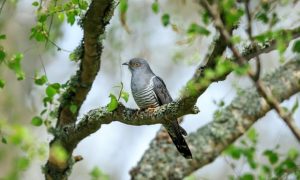

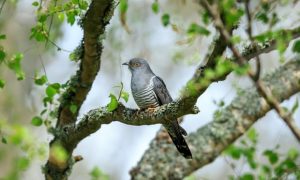
Cucko
The Guardian

